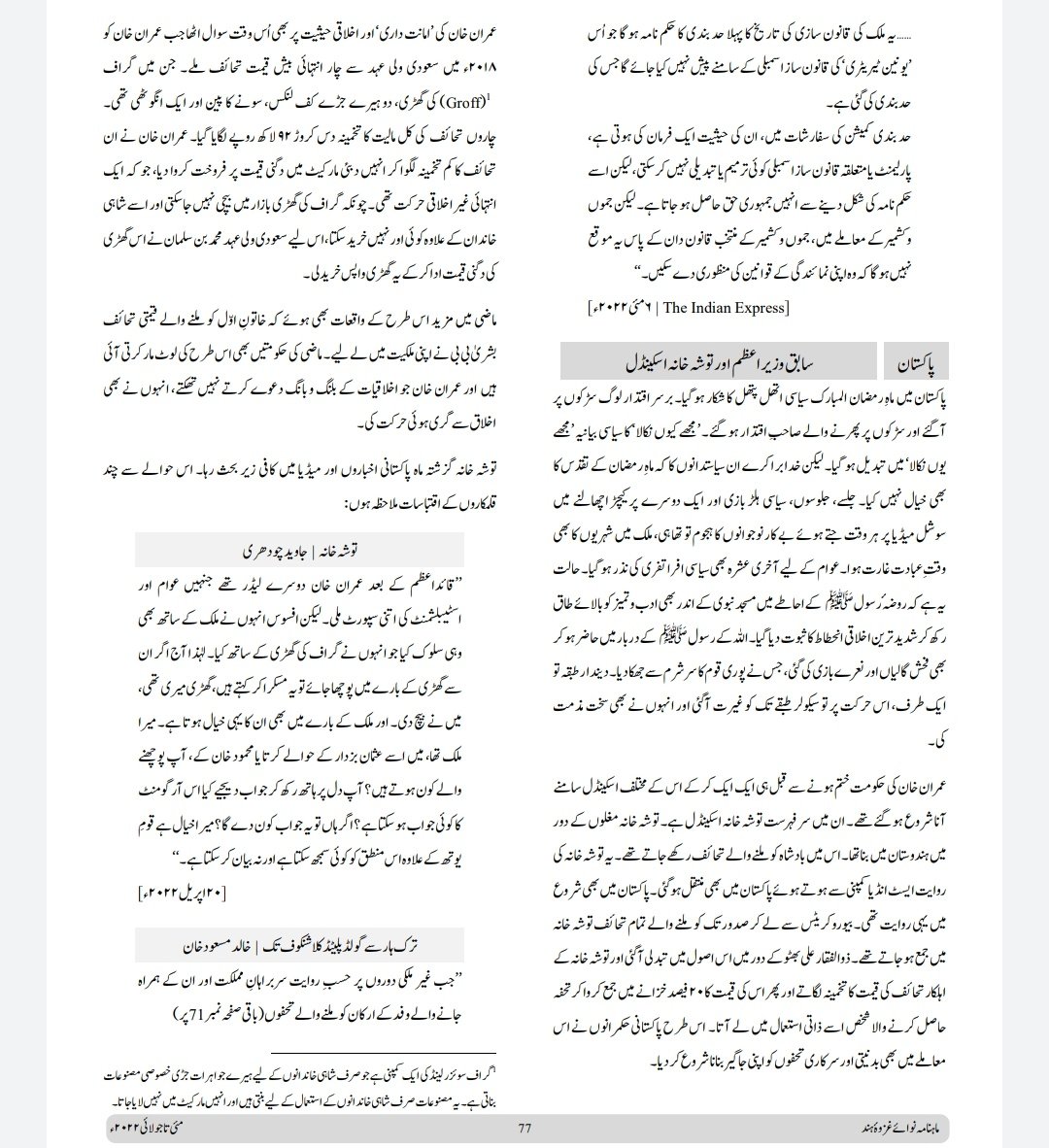Al-Qaeda in the Indian Subcontinent (AQIS) released new issue (May-July) of Nawa-e-Ghazwa-e-Hind magazine. There's an increased focus on Bangladesh in this issue. Apart from that, there are articles on India, Rohingya, Taliban and of course Pakistan. 



The magazine also carries a detailed statement from AQIS where it talks about and justifies killings of critics of Islam/bloggers in Bangladesh. AQIS had previously claimed some of such killings in the country. 



Similarly, the magazine also carries an AQIS statement on the blasphemy row in India. It is titled "Our mothers will cry for us if we don't defend honour of our prophet" 



The magazine also carries Eid message of AQIS where it laments the sorry state of Muslims including those in Indian Subcontinent/Kashmir and ends with saying that soon Muslims of South Asia will rise up and there will be supremacy of Islam after Ghazwa-e-Hind. 

There's an entire article dedicated to the Taliban founder Mullah Omar, referring to him as an ideal Muslim ruler. 

There's an entire article dedicated to Mullah Abdul Rasheed Ghazi of the Red Mosque in Islamabad, Pakistan. 

Then there's a detailed article attempting to explain what is Hindutva in India. Complete with the orange theme. It talks of BJP, the ruling party of India, as well as the 'Sangh Parivar'. 

The article on Hindutva is 7 pages long and also goes on to talk about Bajrang Dal and Durga Vahini. #India 



Then there's an article titled "ideological wars" which talks about two economic systems: capitalism and socialism. It goes on to identify both as the invention of Jews. 

There's even an article on Tosha Khana, a topic which has been recently frequently discussed in Pakistani politics. In this article, al-Qaeda in the Indian Subcontinent (AQIS) talks about how Tosha Khana belongs to the people. 

There's also an article that talks about the rising public demand in India about the ban on mosque loudspeakers. 

Then there's an article on the alleged conspiracy to turn the Muslim majority in India-controlled Kashmir into a minority. 



Further into the magazine, there's more discussion on the Tosha Khana political scandal in Pakistan. It also quotes an article by Pakistani columnist Javed Chaudhry.

https://twitter.com/Natsecjeff/status/1558859548525461506?t=r7u-TG5-pdJzAvCejo0_og&s=19

Another article in the magazine talks about the negotiations between TTP and Pakistani govt. It approves of the negotiations as well as the TTP demand of reversal of FATA merger, which it calls a conspiracy by kuffri foreign powers. 

There's also a little condolence message for the mother of Aafia Siddiqui, who died earlier this year. 

AQIS then goes on to talk about the extradition of Julian Assange, where it mocks the British courts as well as the global order. 

The magazine also carries full decree on women's hijab/niqab by Afghan Taliban's Ministry for the Propagation of Virtue and the Prevention of Vice. #Afghanistan #AQIS 

Then there's a detailed article on Bangladesh, where AQIS calls the country an important place for jihad. Then there's yet another detailed article on Hindutva in India. 



The article on Rohingya Muslims and their jihad goes on to give a historical background of Myanmar/Burma as well as the history of Islam in that part of the world. 

In an article dedicated to Pakistani jihadi Yasir Mirza AKA Khalid (killed in 2017 in a US drone strike) AQIS talks of how Waziristan was a common ground for jihadis from all over, where the workout teacher was a Turk, artillery teacher a Russian, weapons expert a Hijazi, (cont) 

explosives expert a Syrian & electronics expert a Pakistani.
• • •
Missing some Tweet in this thread? You can try to
force a refresh










